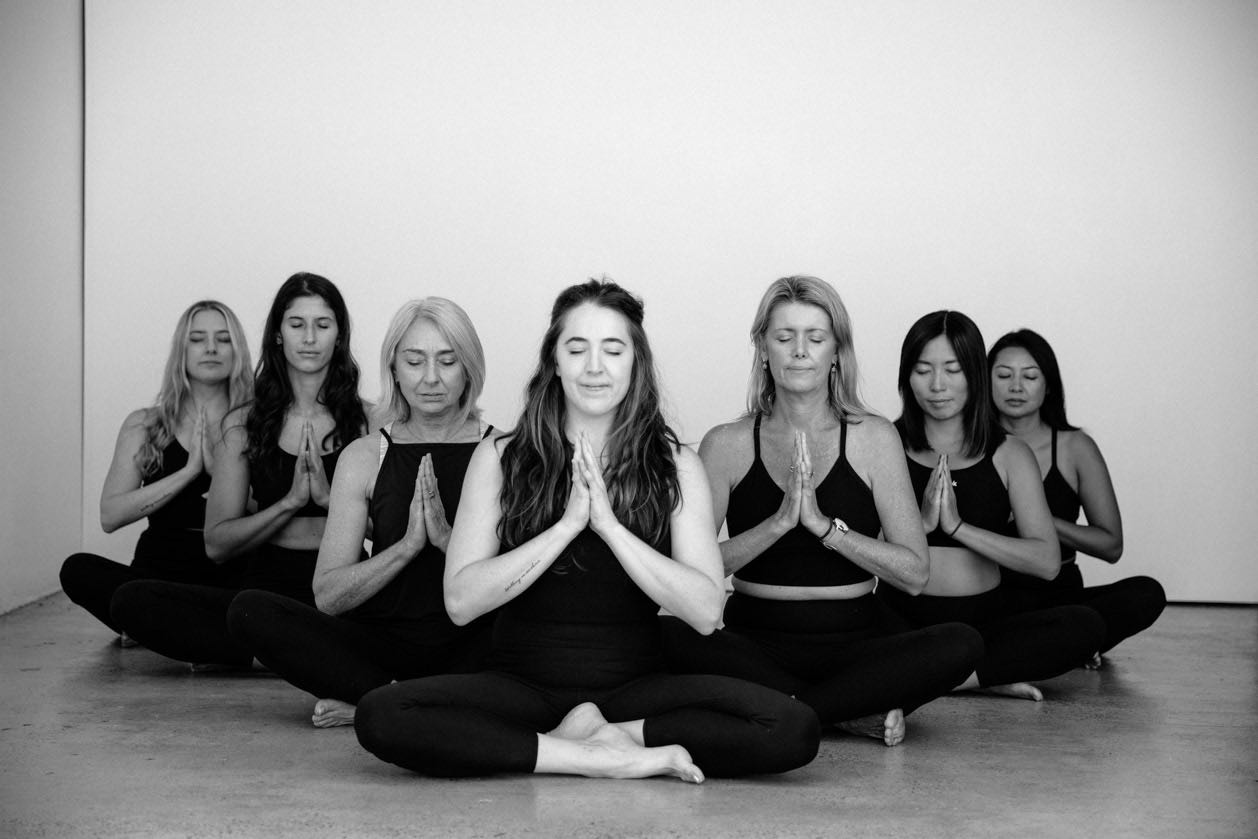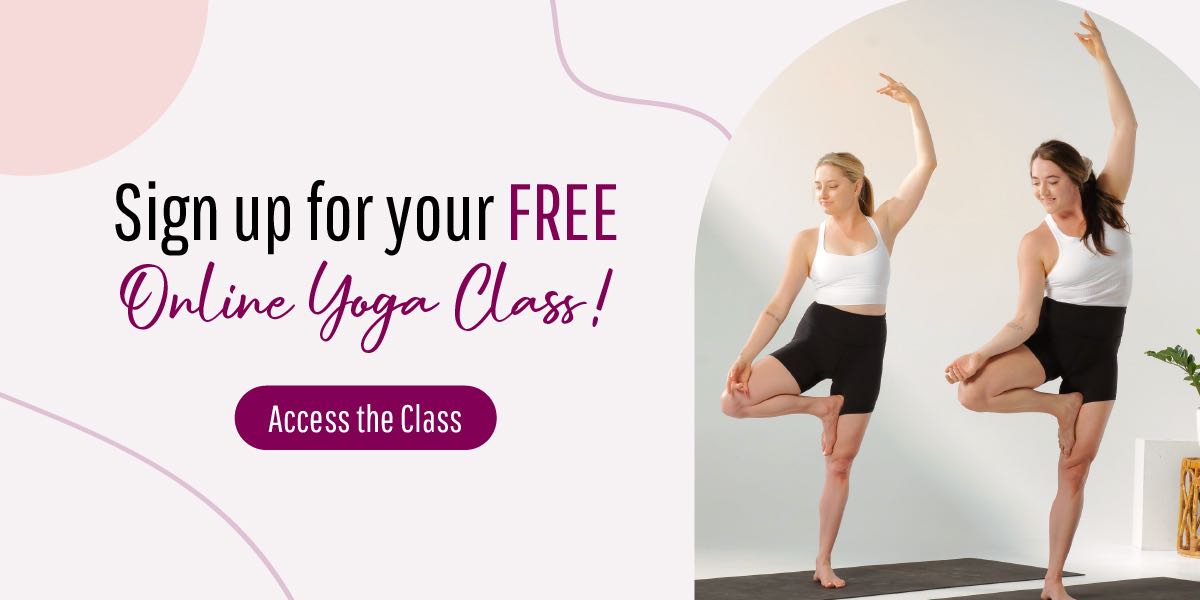Breathing is one of the most vital functions of the body, which we all do every day without even thinking about it.
However, how much do you really know about this everyday function? And before we even get to answering your question: how to do yoga breathing exercises? We should first talk about breathing in everyday life.
Breathing has a huge role in our lives, and every breath we take has the potential to have a positive or negative impact on our bodies.
The effect of the breath depends on how it is performed. So check in right now? How’s your breath? Is it short and shallow? Are you breathing through your mouth?
Several studies have shown, and many experts agree, that normal (but more uncommon these days in the western world) and healthy breathing should be done through the nose.
Now, you’re here to find out how to do yoga breathing exercises, which in sanskrit is called Pranayama, which translates to lifeforce control or breath control. Yogic breathing is a tool you can learn to use not just in your yoga practice but every day life.
Before we get into the breathing techniques
Let’s first chat about how nasal breathing brings many benefits to your life… here are just some of them.

The benefits of breathing in and out through your nose
Nasal breathing regulates our body’s carbon dioxide and oxygen levels.
As you have probably learned in school, human beings maintain a balance of O2 and CO2 by inhaling oxygen and exhaling CO2. However, breathing through the mouth actually expels too much CO2, which increases the breathing rate.
This over-breathing can lead to negative effects such as lightheadedness, hyperventilation, and less efficient body function.
On the other hand, nasal breathing allows us to breathe at a more relaxed rate, allowing us to maintain homeostasis in our O2-CO2 exchange.
Nasal breathing protects the airways and lungs
Nasal breathing primes the air for respiration, which provides protection for our respiratory system.
Our nasal passageways humidify and warm up the inhaled air before it goes further down the respiratory tract.
This process ensures that the inhaled air does not damage the airway or the lungs, which can happen if the air is dry or cold.
Dry or cold air can irritate the airway and lungs, which can lead to coughing, wheezing, and shortness of breath, especially for those with asthma, bronchitis, or other chronic lung diseases.
Additionally, mucus and hairs in the nose catch potentially harmful bacteria before it enters the respiratory tract. This layer of protection protects us from bacteria-caused illnesses such as pneumonia.
Nasal breathing allows your senses to work
Quite obviously, when you breathe through your nose, you’re able to smell. This means you’re able to sense danger and keep yourself safer.
De-stress and calm the nervous system
When you inhale and exhale through your nose, and you breathe deeply into the belly incorporating your diaphragm, expanding your rib cage, you inform the body that it’s safe to relax. You’ll notice you start to feel calm, centred and your heart rate finds a natural, steady pace.
The opposite, breathing short and shallow, in and out through the mouth, tells the body that there is danger (even when there might not be!). The body thinks, due to your breathing, that you’re experiencing something stressful and therefore will switch on the Sympathetic Nervous System, your fight or flight.
And yes, this system is very important for when you’re actually experiencing danger or stress… however, we don’t want this switched on while you’re checking your emails or waiting for the red light to turn green.
As soon as you take 5 deep breaths in and out through the nose, taking the breath deep into the belly, the Parasympathetic Nervous System takes over, allowing the body to be in a calm, relaxed, and healing state.
More nasal breathing please!
How to learn to breathe correctly
If you’re reading this and thinking ohhhh myyyyy gossshhh I breathe through my mouth and it’s not deep at all.
Don’t stress. It’s easy to retrain the body and mind to breathe through the nose. All it takes is practice!
The more you practise, the easier and more automatic it will become for you. The easiest way to start is through meditation or yoga practice. Having a yoga teacher to guide you is very handy (like we do in all of our online guided meditations, yoga classes and pranayama).
To check you are breathing deeply, place your hands on your rib cage. Breathe in through the nose taking the breath deep into the lower belly and allowing it to expand, you should feel your ribs expand out toward the sides. When you feel this sideways expansion, you know your diaphragm is involved.
Try this 10 times.
So now you know why nasal breathing is so beneficial and how it can better your health and life, it’s time to take action on this life-changing tool you always have access to!
So, how to do yoga breathing exercises? Here’s 3 breathing techniques to try
Nadi Shodhana (alternate nostril breathing technique)
This breathing exercise is known to help balance the mind and body. From a seated position, close your eyes, take your right hand, place your peace fingers on the spot between the eyebrows (third eye). Use your thumb to block and open the right nostril, use your ring finger to block and open the left nostril. If your ring finger doesn’t feel right, just use your thumb and middle fingers.
First take deep breath in through both nostrils then open your mouth and let the breath go. Start to inhale through your nose and exhale through your nose. When you feel ready, block your right nostril inhale through your nose (left nostril only), block the left nostril and breathe out the right nostril, inhale deeply through the right nostril, block the right nostril and exhale through the left nostril.
Continue for 5-10 minutes.
Kapalabhati breath (or breath of fire)
This technique is quite intense and not suitable for pregnancy or if you have high or low blood pressure or are prone to dizziness. It can help with stress relief and clearing the mind.
From a seated position, close your eyes. Take a deep breath in through the nose and exhale completely. Then start to make short, sharp exhales through the nose, snapping the belly in as you do so, the inhale should feel passive. Do this 30 times. Then take a deep breath in through the nose, holding your breath for 2-6 counts and then open your mouth and let the breath go.
You can do 3 rounds if this technique feels good for you.
Easy 4 part breath
We love this breathing practice and it really is one you can bring in during everyday life. From a seated position, simply breathe in through your nose for 4 counts, hold your breath for 4 counts, breath out for 4 counts and hold the emptiness for 4 counts. Repeat for 5-10 minutes. This is a very calming breathing exercise.
And these are just 3 breathing techniques to try, there are many more!
We share guided versions of these techniques (and more) inside our MerryBody App. So if you want access to unlimited Online Guided Yoga, Breathwork, and Meditation sessions, MerryBody is for you. Having someone guide you with your breathwork really is a game-changer. It keeps you on track and present with your breath rather than feeling overwhelmed by the technique.
Try one of our Yoga Classes right now! Sign up HERE!
Remember, we are always available to help if you have any questions at all, get in touch via the Socials or you can simply email us.
Always merrymaking,
Emma + Carla

